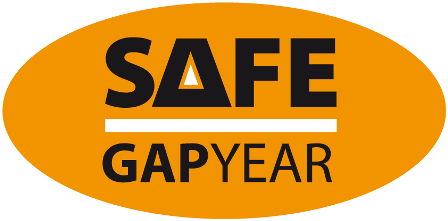To view the original article Click Here
Title – Five divers rescued from remote beach after two days adrift
Source – The Independent on Sunday
Date – 8th June 2008
That this story turned out to have a happy ending is quite amazing and don’t be surprised to see a newspaper or book deal come out of it for those who survived. What will be interesting is if there is any kind of substantial investigation in what went wrong in the first place.
I am not suggesting that this was anything but an accident with a happy ending or that anyone was culpable of neglect, but what is important is that others following on and diving in any part of the world don’t become complacent and think that happy endings are the norm. Even without all the facts being available, it does seem that these people have been very lucky indeed.
So from what we know already this group took part in a drift dive in an areas with strong currents. This in itself is a fairly usual approach for experienced divers. Drift diving is effectively dropping into the water at one point and then going with the current and at the end of your dive surfacing at a different location. One way for the boat to meet you when you surface is to end your dive at a predetermined location, this can be a difficult strategy, especially if there is a very strong current or you see something under water that takes you off the predetermined route. The second way of the boat finding you is for the skipper to follow the bubbles on the surface so they stay with you until you surface. This second technique relies heavily on the experience of the boat captain and on the conditions. It seems in this case that the conditions were unusually rough, this would make it difficult or almost impossible for even the most experienced captains to follow the bubbles.
If currents are exceptionally strong they can take you literally miles away from your starting position. Experienced divers will also take down a ‘safety sausage’, in effect a large (usually orange) fabric tube that can be inflated to about 2m to signal the location of the divers, but these can be difficult to see if there are high waves and great distance between the divers and the boat.
So why do I raise these questions? As an experienced dive master and having dived all over the world and spent a short time working in the dive industry, I am all to aware of the difference in standards within the industry from one dive school to the next. I have no experience of this particular dive operation or their standards, but I have come across criminally negligent as well as excellent dive centres in my time and have dived with both. I have drift dived with excessively strong currents, in very rough conditions and on challenging deep dives. I have dived with hired equipment that failed and with instructors and dive masters that should not be allowed to dive; let alone lead groups diving. On one occasion while diving in Chuck Lagoon in Micronesia with a local dive operation, the skipper of the tin-can boat we were in even threw the anchor out without securing it to the boat first and this before a very challenging 50m+ dive…
The key is to remember that standards vary enormously, so choose your dive operation carefully and if you are unhappy at any point don’t feel that you can’t say no, decide not to dive or end a dive half way through. Diving is a relatively safe activity if you follow basic safety rules. But it can be dangerous or even deadly and this is usually the fault of the people diving, poor decision making and / or greed by dive operators who should know better.
Always check out the dive operation before you book; look at the equipment they hire out to see how new and maintained it is; talk to the people running the dive operation and avoid the brash and arrogant centres; talk to people who have dived already and see what their impression were; check out the sea conditions, how rough it is, the level of visibility and the strength of currents; do not be tempted to dive outside of your comfort zone, outside of your experience and outside of your qualification restrictions; and most importantly trust your instincts. Remember the Dive Master / Dive Instructor is not responsible for your safety, only you are.
Our Gap Year and Independent Travel Safety & Awareness workshop examines the benefits of dynamic risk assessment in the choices you make that affect you ability to travel safely.
Please visit our website at www.safegapyear.com or join us on Facebook. For a complete list of Blog entries visit our National Press Archive page.





No comments:
Post a Comment